Print production – A guide to finding what you want
There are so many elements of print production that it’s hard to know what you’re asking for when you choose a product. You know what you want the end product to look like, but you’re unsure how to ask for it because you don’t understand the technical jargon used in print production.
Hopefully this guide will help you navigate your way through the world of printing as you try to make the best of your budget.
This is the first in a three-part series where we’ll have a look at some of the processes and materials in print production and break it all down for you.
Part 1 – Printing processes (you’re reading this one now!)
Part 2 – Binding processes
Part 3 – Speciality Finishing
Part 1 – Printing
Putting words and images on paper by mechanical means, usually with ink. This is the most simplistic definition of printing. But there’s so much more…
Digital Printing
This is the process of printing from a digital image directly to a surface. The digital data goes directly to the print in this case. This form of printing is also known as ‘print on demand’ as it can be done quickly and in small or large quantities.
It’s easy to print things that with personalised messaging and imagery that can be easily modified on the digital files. You can use everything from paper to plastic and even fabric – whatever your heart desires! It is a very flexible and cost-effective way to print for most short run or variable printed requirements on paper stock or promotional merchandise.
Example of Digital Printing – personalised books, t-shirts, posters, flyers, and all sorts of promotional merchandise
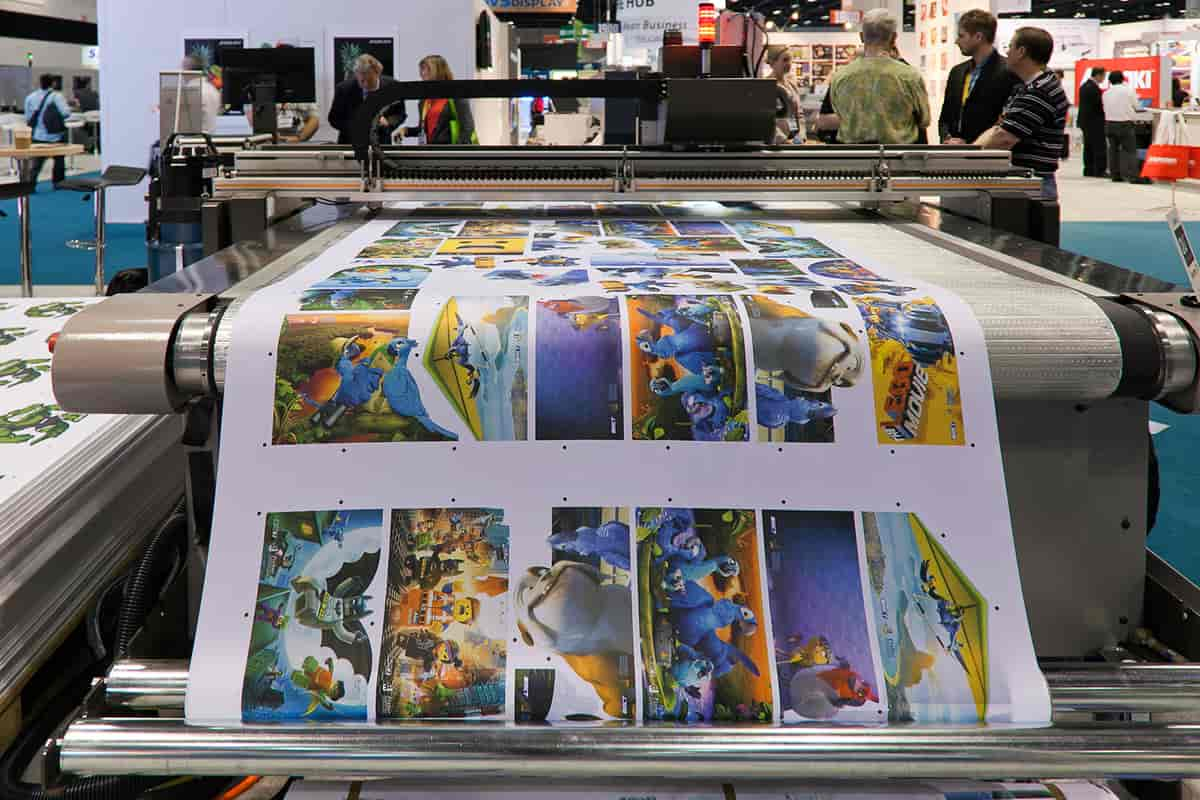
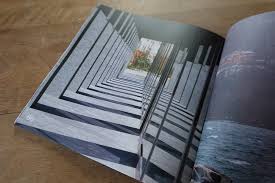
Screen Printing
This is the process of pressing ink through a mesh screen to create a printed design. Fabric and paper are the most common materials used in screen printing but with specialised inks you can print on wood, metal, plastic and even glass. Although it can be a lengthy process, the benefit of screen printing is the vivid colours and the tactile feel of the ink on the material.
Example of Screen Printing – printed clothing, safety signs (and other signage), posters, artwork, labels, displays, etc.
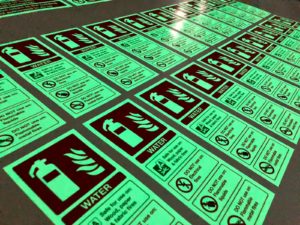

Lithographic
This printing works on the principle that water and oil don’t mix. The process uses a flat stone or metal plate on which the image or text is added using a greasy substance so the ink will stick to it.
The process results in high quality print with sharp detail and vibrant colours. It is quickly turned around and can be reproduced many times. It is mostly used on paper, but metal and plastic can also be used. It isn’t as fast as digital printing for a small order because of the set up involved, but for large quantities it is ideal.
Example of Lithographic Printing – catalogues, handbooks, prospectuses, magazines, etc.
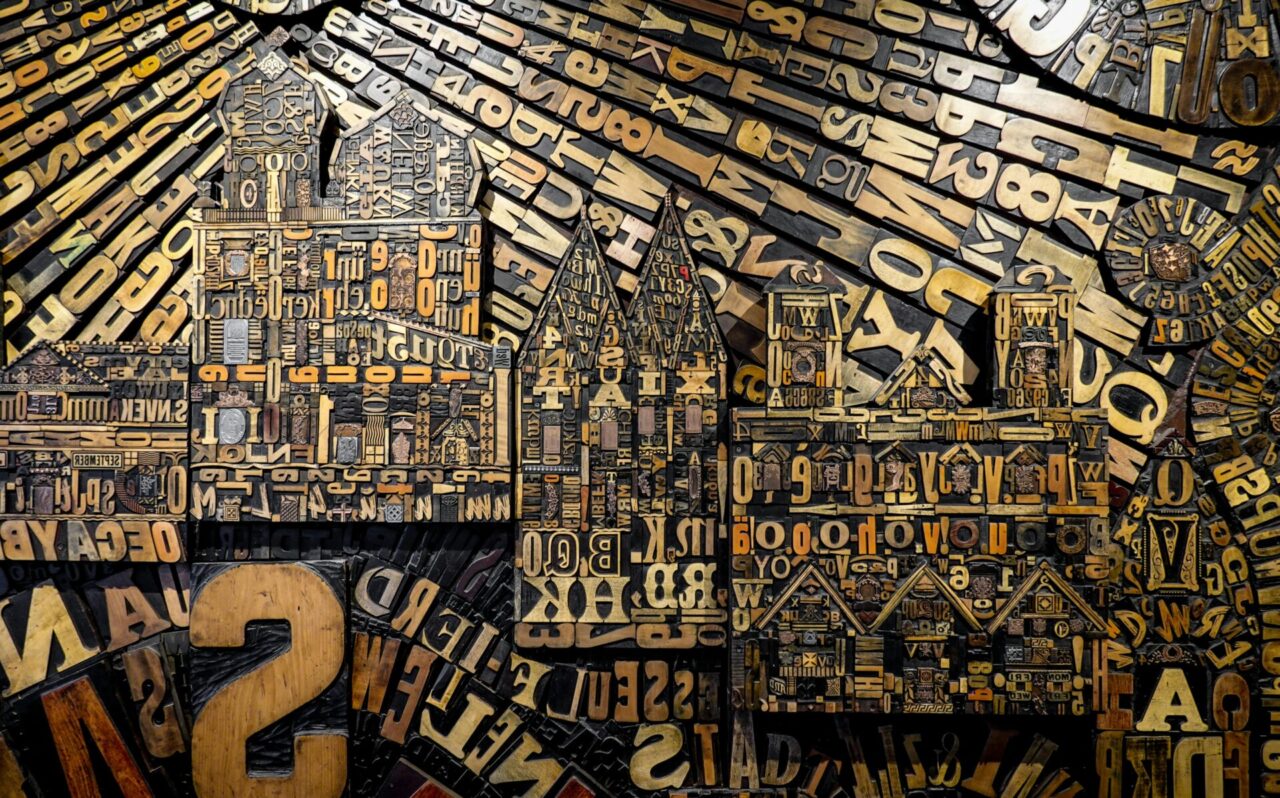

Pad printing
This process is when a silicon pad takes a 2D image from a laser engraved printing plate and transfers it to a 3D object. This is how we print on difficult shaped products and merchandise. Any surface that is flat and smooth can be pad printed.
Example of Pad Printing – pens, travel mugs, stress balls, calculators and any other promotional merchandise you can think of!



Flexographic printing
This process is when images are transferred from a flexible plate onto a surface that is supplied from a reel. It is a printing technique that can be used on a variety of materials including paper, plastic film and more.
Example of Flexographic Printing – gift wrap, tissue paper, napkins, shopping bags, envelops, promotional packaging, etc.
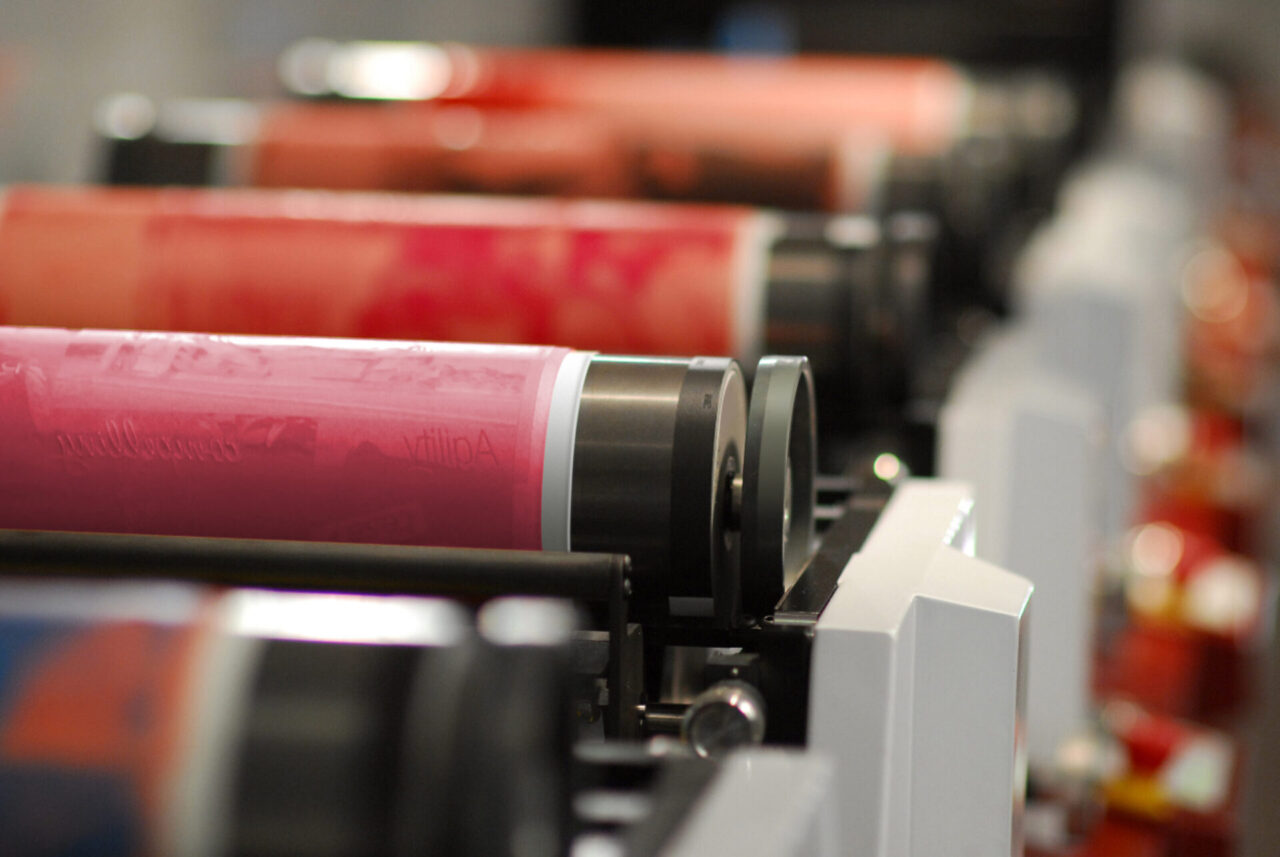
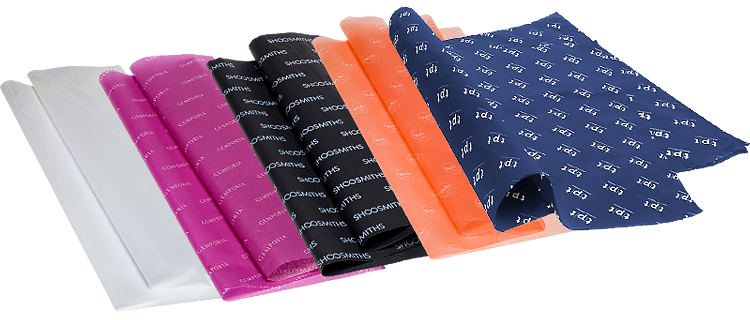
Foil Printing
Foil printing is a speciality printing process which uses heat, pressure and metallic paper (foil). This is used to create different shiny designs and graphics on various materials. The unique thing about foil printing is that it comes in a wide selection of colours and finishes, although the most popular is gold and silver. You can use holographic and pearlescent foils which also replicate the look of precious metals.
Example of Foil Printing – diaries, notebooks, coasters, business cards, postcards, invitations, stationery, labels, etc.

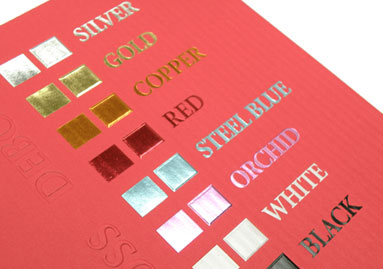
How can we help?
At Graphic Arts Group, we offer much more than just ‘ink on paper’ – Printing is our business and we’re committed to ensuring your projects are consistently produced to the highest of standards.
Our team also have a high level of experience servicing design studios, advertising agencies, local authorities, small businesses and large corporations, so you can reply on us as your communications partner – no matter the size of your project.
Constantly investing in the latest technology, we understand the importance of following modern printing techniques, providing our clients
We are your complete print and communications partner.
Contact us today to have a chat about your printing needs!


